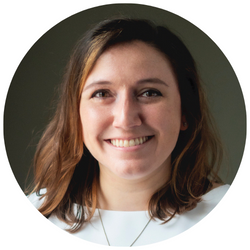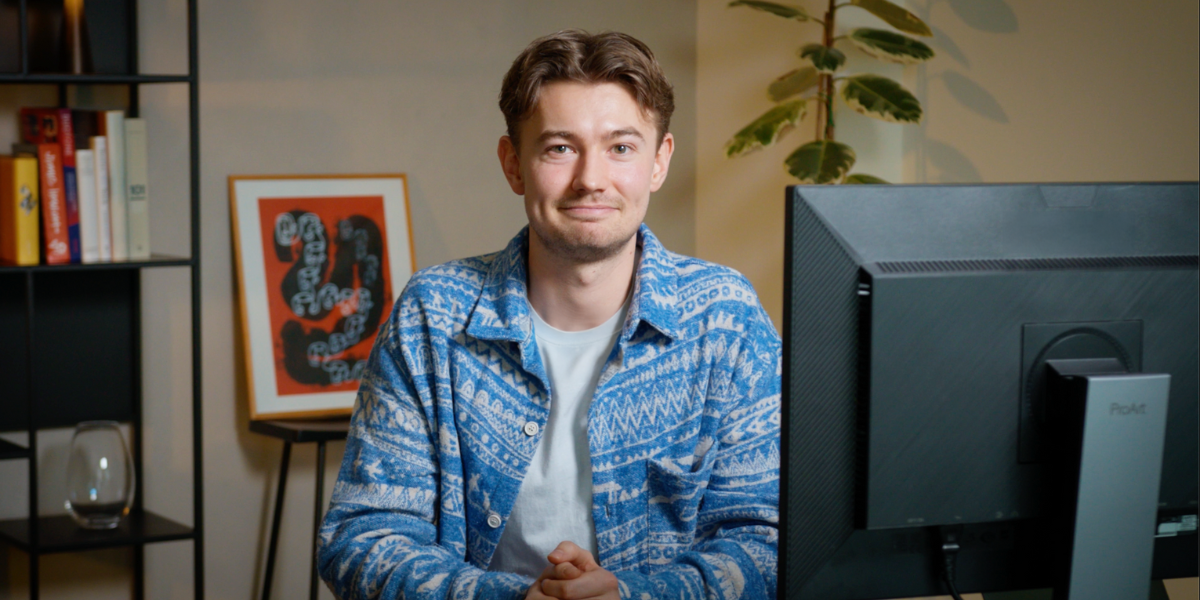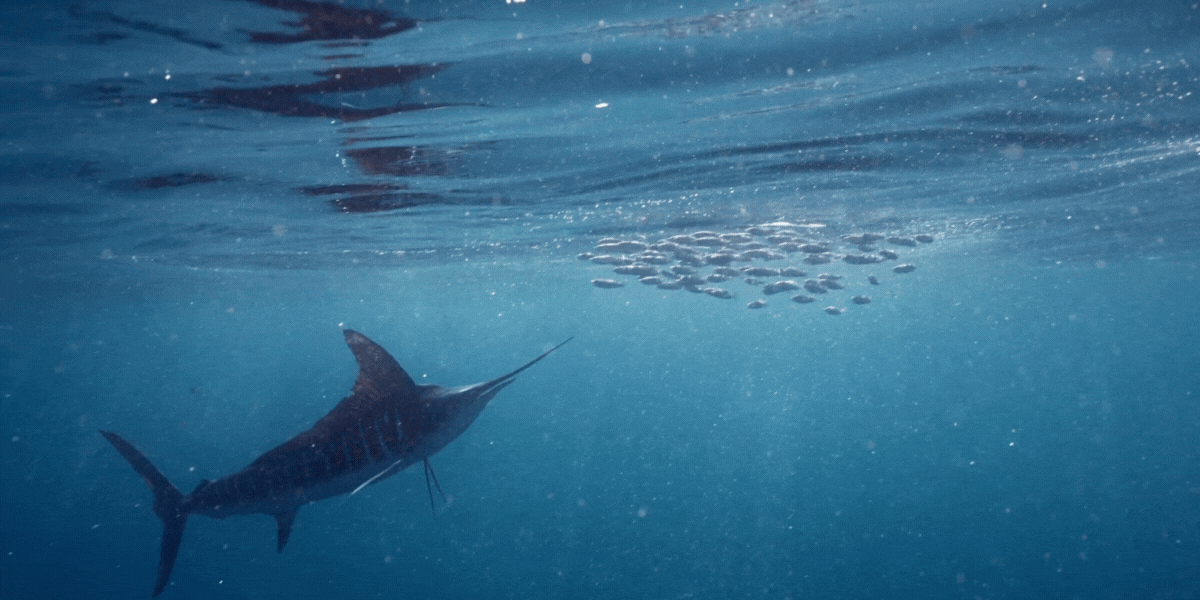So we set out to answer the question: Is there a difference in writing for the screen vs. writing for the page?
Welcome to the intersection of ink and celluloid. (Or pixels, in today's world.)

New Jersey native Bobby Miller began writing and directing films in the 5th grade and never stopped. His films, which are written on Freewrite, have premiered at Sundance, SXSW, and the like. His short Tub premiered at Sundance, and he followed that up with his first feature film, The Cleanse, starring Johnny Galecki and Anjelica Huston, which was released in theaters by Sony Pictures and made Rotten Tomatoes Top 10 Best-Reviewed Genre Films.
But during the pandemic — when he became a dad — Bobby returned to his first love: prose fiction.
He started writing short stories, which were published in Expat Press, Maudlin House, and Bending Genres, and his "completely unhinged" debut novel attracted the interest of literary agent Dan Milaschewski at United Talent Agency.
So we thought he was the perfect person to settle the matter:
Is Writing for the Screen Different than Writing for the Page?

Bobby working with the cast on the set of The Cleanse
Bobby says his process for both is relatively similar. He creates an outline and then uses Freewrite Traveler to freewrite the first draft. Once he has a first draft, he exports it to his computer to revise.
But how does the actual craft writing of a screenplay stack up to writing a book?
Well, for one, there's the formatting. Screenplays require specific formatting, which is why Freewrite devices support the use of Fountain syntax. Additionally, film screenplays are often considerably shorter than a book.
The writing itself, however, is a little more nuanced.
"I was taught that the read should be 'invisible' in screenplays," Bobby says, "meaning it should be so spare and concise that you don't even realize you're reading something. As someone who directs his own writing, I would just think, 'Well, I'll figure that out visually later.' With a book, obviously, there is no figuring it out later. You have to paint a picture."

So, which does he prefer, writing books or movies?
"If I'm being honest, I found writing a book more freeing in terms of content in that I could write something that might be revealing or embarrassing in a book and not face an audience. Conversely, if I write something for a movie, I know I’ll have to mount it with actors and a crew and eventually face an audience. I'm unsure I can choose a favorite, but I'm more jazzed about fiction right now because I think I can be funnier, more honest, and subversive."
Regardless of the medium, Bobby's advice for anyone drafting a story is simple:
Move forward.
"Don’t edit, don’t try to get it perfect. Save that for the computer later." Bobby says that in his experience, if you keep moving forward, your brain surprises you, and you end up with stuff you didn’t intend to write when you sat down. And isn't that the point of writing?
"I really want that first draft to be free of overthinking. In today’s endless world of distractions, [freewriting has] become my happy, focused place."

And what about book-to-movie adaptations? It's quite the hot topic for writers, readers, and film buffs alike. What kind of work goes into moving a story from book to screen?
Bobby says adaptations need to function as a movie first and satisfy the themes and issues of the book second. "If you're a slave to the book, it just creates a limp film."
Bobby is most interested in writer/directors who take a book and make it their own.
"For example, in The Shining, I completely understand why Stephen King would be pissed with the Kubrick film. But also, no one is altering the book. Everyone can go back to the text. I see no harm in that."
Find out why other freewriting director-screenwriters agree.

Crafting a screenplay requires a keen eye for visual storytelling and brevity, while penning a book demands intricate world-building.
As for Bobby, he continues to make his way in both the film and book worlds. The Cleanse was just released on special edition Blu-ray — "I've been hoping Sony would do this since they bought the film in 2018, and it's finally happening," Bobby says — and the commentary track includes a lot of writer talk. Bobby hopes the release will serve as a warts-and-all guide to making your first feature film.
Outside of film, Bobby has worked as a comedy writer/director for places like BuzzFeed, SuperDeluxe, MTV, SoulPancake, and Google, and is a winner of two Webby Awards. He has also done dialogue editing for the animated shows Big Mouth and Human Resourcesand works as a voice director for Rockstar Games.
On the book front, Bobby signed with an agent and is getting ready to publish his debut novel.
Check out Bobby's Substack at bobbymillertime.com or follow him on X or Instagram.





























